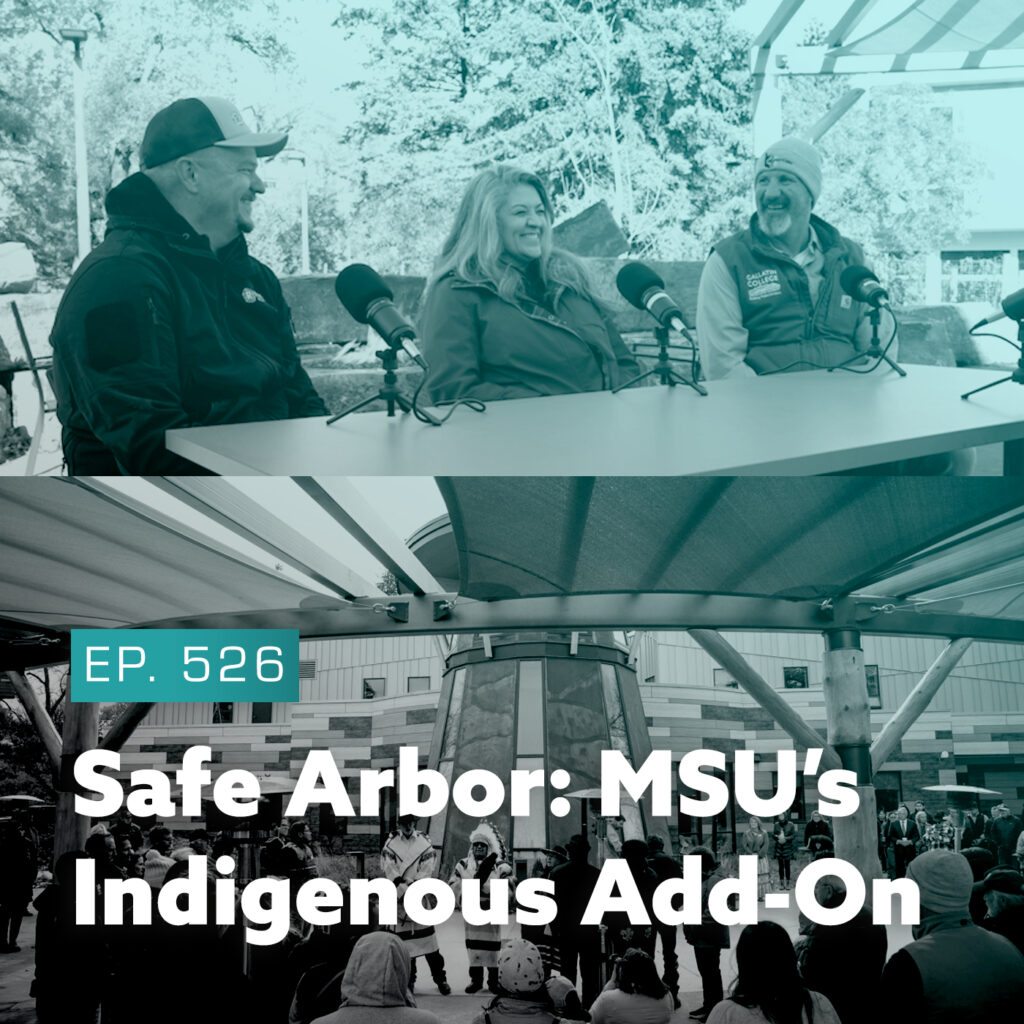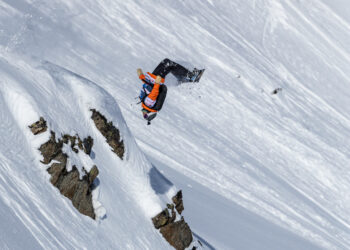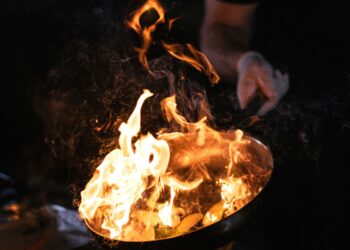
By Todd Wilkinson EBS ENVIRONMENTAL COLUMNIST
Here’s a question I bet many readers have seldom pondered: what’s the bigger threat to our part of the world—native bison wandering out of Yellowstone National Park into Montana or invading non-native feral hogs now entering the state for the first time, crossing the invisible international border from Canada?
Not long ago, feral hogs were spotted a few miles north of Montana and many experts believe they’ve probably already taken up residence in the rural, remote high plains of the Treasure State. They also are approaching Wyoming and Idaho via Colorado, Utah, Oregon and Nevada.
These undesirable invaders are present in at least 38 states and several Canadian provinces.
Like incredibly smart noxious weeds with fleet hooves and tusks, pigs that get well established can wreak havoc. Their rooting behavior and voracious appetites have caused serious impacts to cropland, stream corridors, native plant communities and both ground-dwelling wildlife and nesting birds. They also carry diseases and viruses such as swine brucellosis, foot rot, intestinal maladies, salmonella and a form of Herpes that can be transmitted to livestock, wildlife and humans.
The U.S. Department of Agriculture estimates that feral hogs cause more than $2 billion in damages annually.
Once they take hold, their elusive nature and high reproductive rates make it difficult, if not impossible, to eradicate them. Biologists say that sows produce an average of six piglets in a litter and they breed year-round with a gestation period of less than four months.
You may have read a recent newspaper story about a 59-year-old woman in Texas who was attacked and killed by a rogue herd of feral hogs as she headed to work.
For the record, that’s one more person than was killed by grizzlies in the Greater Yellowstone Ecosystem this year and more than the total number of human fatalities caused by wild wolves in the Lower 48 going back a long, long time.
Montana doesn’t really have a strategy to engage the porcine menace, yet. Aerial flyovers of the U.S.-Canada border area have been conducted. Earlier this autumn the state wildlife and livestock departments, along with the Montana Invasive Species Council, announced a new program called “Squeal on Pigs” that encourages people to report any feral hog sightings.
In several states, there is open season on hogs, no license required. As the website Vice reports, in Texas there are even tourism operators who now ferry “thrill-seeking” clients around in helicopters and let them blast away at hogs for entertainment.
Some 43,000 hogs were shot from helicopters in the Lone Star State last year which represents only 1 to 2 percent of the estimated population there. Some have pegged feral hog numbers in the Lower 48 at eight million.
But let’s return to the question. In the big scheme of things, which animal—native bison or non-native pigs— actually poses the greatest threat to the ecological integrity, heritage and economy of the West? In addition to hogs, let’s add the threat of Chronic Wasting Disease.
Regarding bison, many millions of dollars have been spent killing more than 11,000 Yellowstone bison when they’ve naturally wandered into Montana.
Those animals are descended from only a few dozen survivors from near-species extinction. The killing of Yellowstone bison in Montana has been based on the claim that bison represent an eminent threat to transmitting the disease brucellosis to domestic cattle.
Never mind that there has never been a documented case of that happening between wild bison and cattle in the state. Moreover, the nation’s leading scientists note wild free-ranging native elk, which also carry brucellosis, are a more serious risk and have actually transmitted disease to cattle in Greater Yellowstone.
Elk, however, are not shot or sent to slaughter when they leave the national park in order to minimize disease risk.
Why does Montana remain so zealously focused on maintaining its intolerance toward Yellowstone bison? That same attitude is rife in the east-central portion of the state where ranchers and politicians assert, without rebuttal, that bison represent a major threat to their livelihoods.
They don’t even want the American Prairie Reserve to be able to graze native bison on public land grazing allotments administered by the federal Bureau of Land Management, saying non-native cattle should hold primacy.
Federal and state governments spend millions of dollars each year shooting, trapping and poisoning native species such as wolves, coyotes, cougars and black bears to make publicly-owned rangeland safe for livestock. They also mandate the slaughter of bison, America’s official national land mammal. Some ranchers admit their resistance to letting bison roam is based more on a bias against them than as a real disease risk.
Yet those same governments that justify the killing of predators have no plan for addressing the spread of CWD or dealing with feral hogs that, pound for pound, as evidenced by the impacts in other states, represent substantial threats to our hunting, agricultural and wildlife traditions.
Like many issues in the 21st century West, there seems to be a pandemic of misguided priorities. We slaughter bison based on a rumor of disease and stand by and watch the progression of CWD and invading disease-carrying hogs occur before our eyes, treating their arrival as inevitable. Why is that?
Todd Wilkinson is the founder of Bozeman-based “Mountain Journal” and is a correspondent for “National Geographic.” He’s also the author of “Grizzlies of Pilgrim Creek” about famous Jackson Hole grizzly bear 399.













